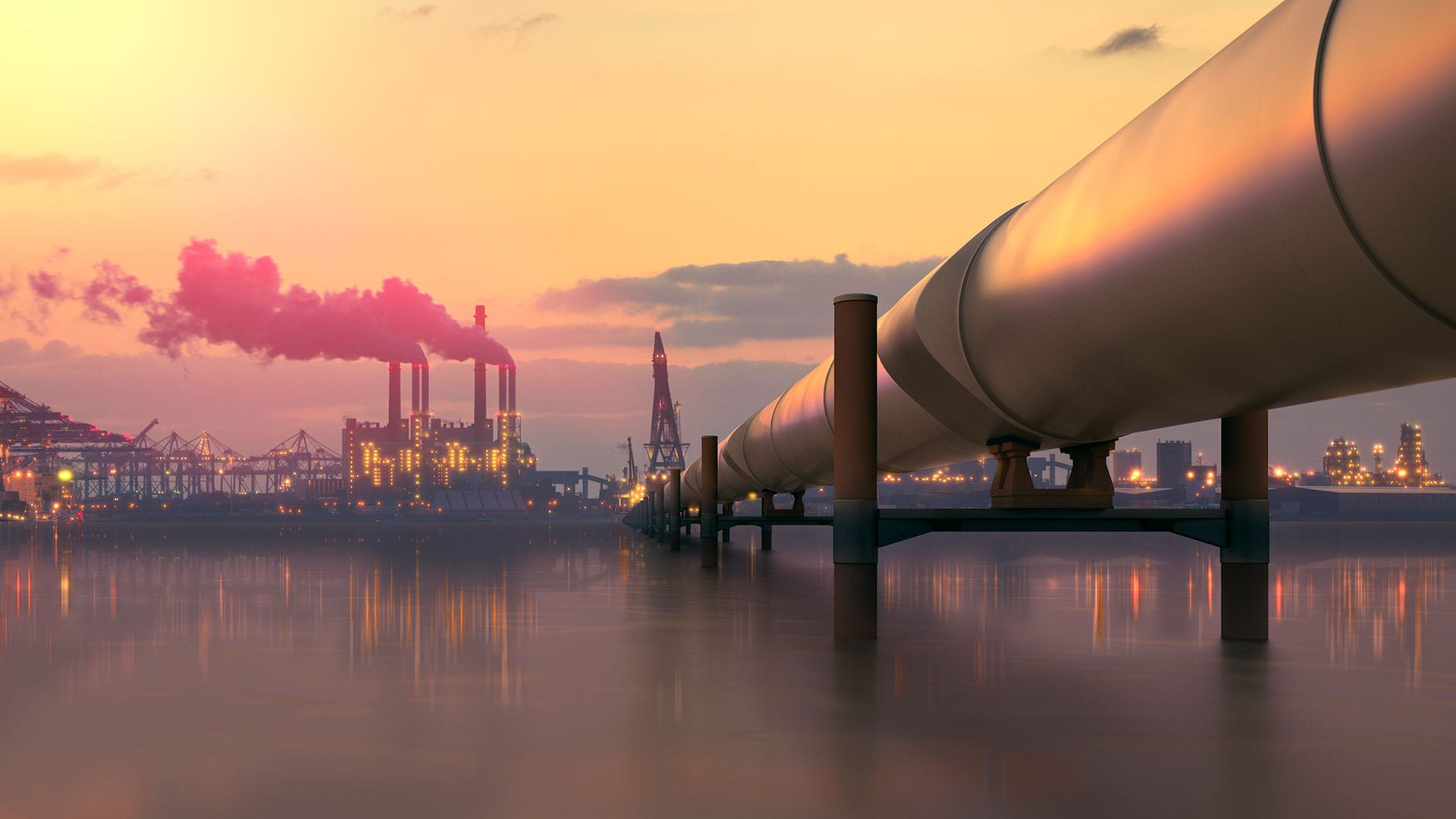
Negative Oil Prices have accelerated a demand for storage capacity as the consequences of the coronavirus pandemic continue to cripple the energy market.
The future price of oil turned negative for the first time in history at the end of April, with the price of a barrel of West Texas Intermediate (WTI), a benchmark for US Oil, hitting -$37.63/barrel. Brent Crude – benchmark for Europe and rest of the world – was down 8.9%, less than $26 a barrel.
The falling oil prices, driven mainly by the collapse in demand for gasoline and jet fuel, is a direct result of the lockdowns imposed by the coronavirus pandemic. Wholesale prices in some markets have fallen below 20 cents a gallon.
Overall fuel demand is down by more than 7 million barrels a day since early March. The US Energy Department predicted a 2nd quarter drop of about 2.3 million barrels from the same period in 2019.
Yet, the market is experiencing what many analysts are calling “super contango”, whereby a falling oil spot price for a commodity is trading dramatically below the future price. This is typical when the inventory space to store the physical commodity is running out due to an excess of supply, therefore pushing up the cost of carry (cost of storing a physical commodity) in a futures contract. Hence, this sparked the late April selling of oil, with buyers paying sellers to take oil off their hands to avoid incurring this cost.
The only way the market can get out of this slightly surreal situation is to drastically reduce the supply of oil until storage space is created. Hence, the decision by OPEC to cut more than 10% of its oil production.
Yet, the second part of this energy market quandary, namely that of dwindling storage capacity, is becoming more mission-critical in many countries, in particular the US, where refineries are facing closure.
With their backs to the wall caused by the collapse in demand, many US refineries have cut back production. Marathon Petroleum Corp idled its 26,000 barrel a day, Gallup refinery. A move that followed North Atlantic Refining Limited’s decision to pause production at its 130,000 bpd, Come-By-Chance refinery, in Canada.
While many refineries will not be following Marathon and North Atlantic in halting production, many have scaled back production significantly to be at near minimum levels (defined as below 60% to 65% of their storage tanks). These include Valero Energy Corp, Phillips 66.
As many experts have noted, such moves are just as detrimental as closing down the refineries. For the different sections of refineries are all connected and a reduction in one area will affect the whole. If the amount of crude that is processed in the distillation unit falls below a certain level, in this case minimum level, then the key secondary units will not have enough feedstock to keep running. Given that high pressure and temperatures are needed to operate units within the refinery, this would create a scenario in which it would be difficult to maintain a proper operation.
“As you reduce rates, all the downstream operations have to be property supplied, there are hydraulics limitations to how low you can go. Plants are going to minimum rates as product containment becomes a larger problem across the US. If this fails, shut down loom as the only solution for the enormous supply problems we have”, said Stephen Wolfe, head of crude oil at Energy Aspects Ltd, a consultancy.
Despite the Trump administration’s desire to increase purchasing of oil for the US, the US is facing a capacity crisis. Stockpiles at Cushing, the main delivery point in the US for oil has doubled by 50% since the start of March, according to ANZ Bank.
With falling oil prices crippling refineries, the future seemed bleak for refineries, until Saudi Aramco recently announced that refineries in Asia and Europe can defer payments for crude cargo deliveries for up to 90 days.
Under the terms of the deal, which was underwritten by Saudi banks, Aramco would receive payment for the cargoes from the same bank within 21 days of the shipments.
Experts believe that the move was part of Saudi Arabia’s desire to increase market share, a desire that fuelled March’s price war with Russia.
While the new terms have been offered to four refineries in Asia and Europe, experts speaking to Reuters, believed that the deal would lead to higher costs incurred as a result of the more expensive financing terms. Therefore, it was no surprise that three refineries rejected the deal.
South Korea is suffering from a shortage of commercial oil storage. More than 38 million barrels of onshore commercial capacity owned by the state-owned Korea National Corp and OilHub Korea Yeosu Co is rented out.
South Korea has the fourth-largest commercial storage capacity in Asia after China, Japan and India according to Kayrros, an energy market analytics firm, mainly because of its close proximity to other Asian economies. South Korea is not the only country suffering from dwindling inventories with India and Singapore facing a similar problem too.
The energy market is suffering a unique crisis. On the one hand, there is falling demand driven by the restrictions imposed as a result of coronavirus. As a result, the market is suffering from an excess of supply, as traders seek to offload oil futures, further depressing the global price.
In the midst of all this, many refineries are reaching a capacity problem, in storing this excess oil. For many refineries are locked into existing long-term supply agreements, meaning that they cannot halt fuel production to store excess supply. Therefore, this increases the need for more tanks. What was once a cheap phrase to describe easy travel, can now be aptly applied to the energy market: We are living in the era of cheap oil.

Related Articles
Energy
Energy
Energy